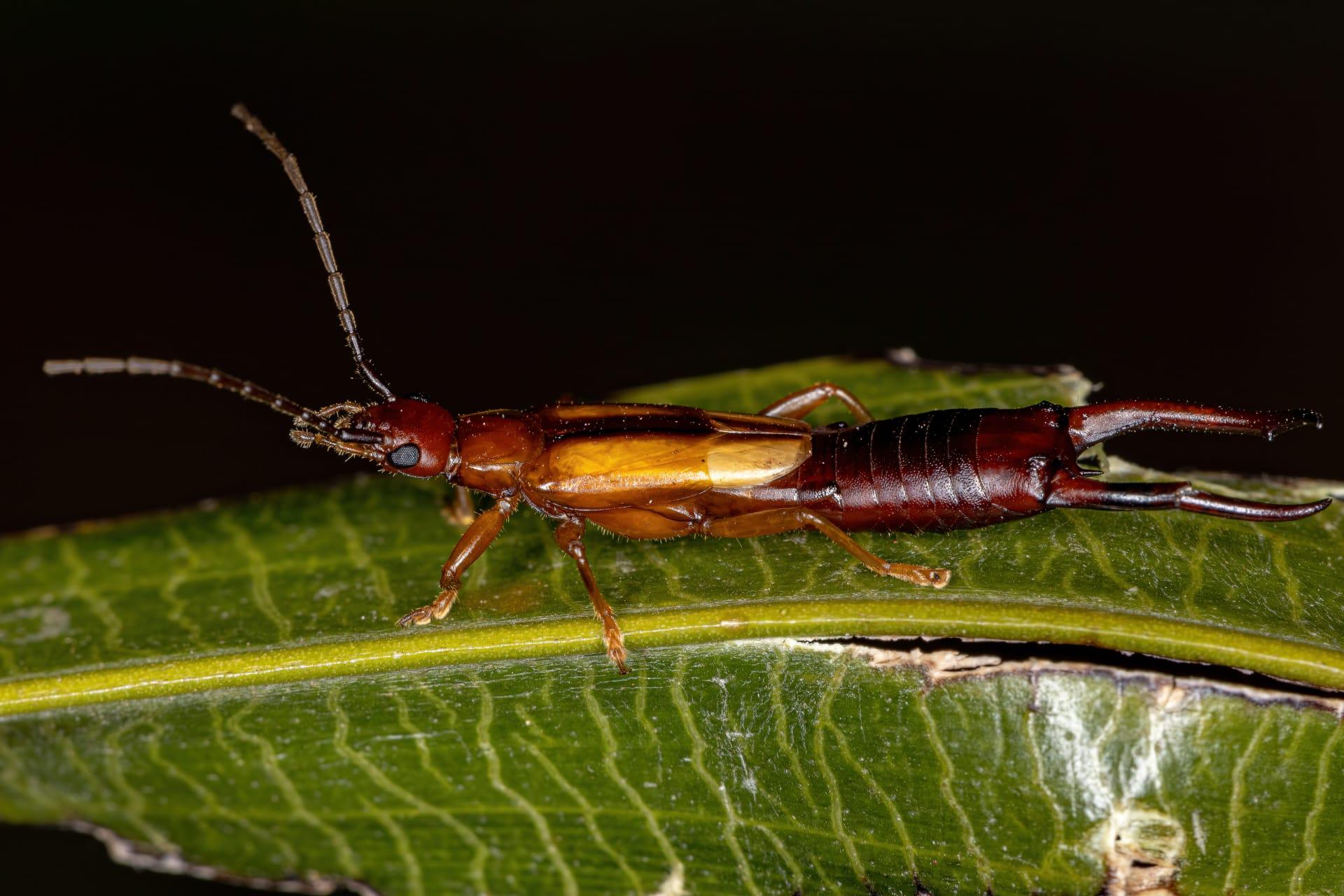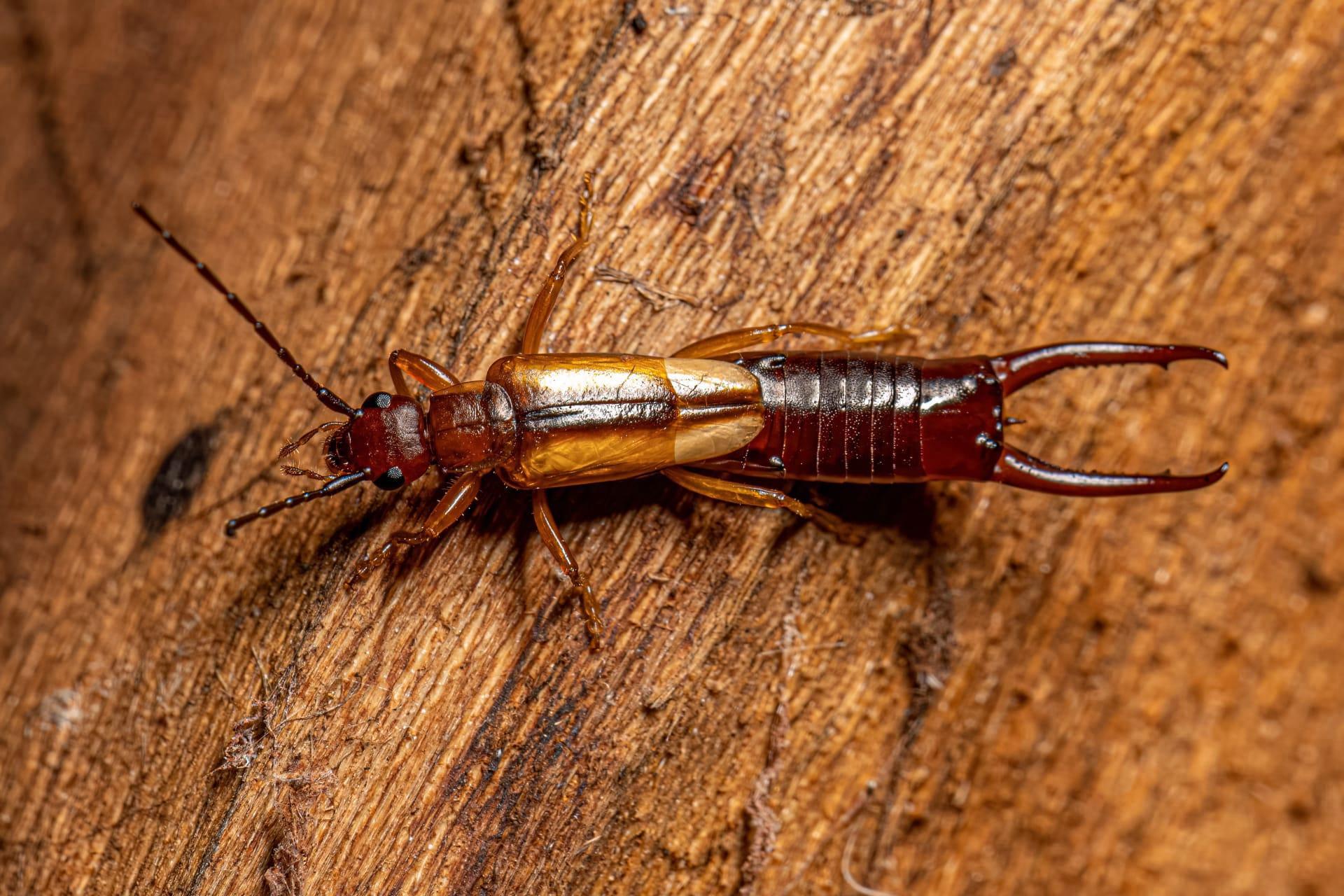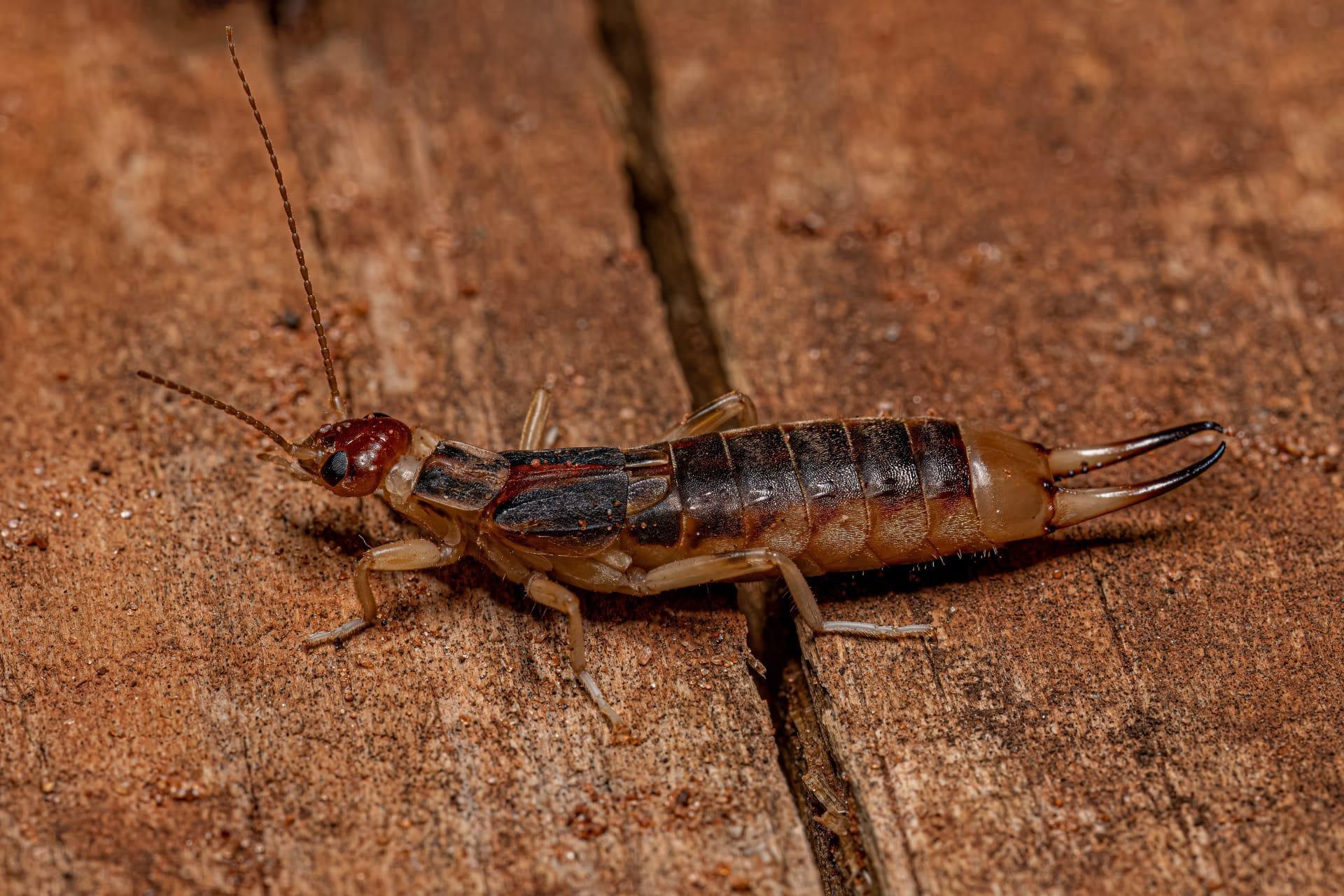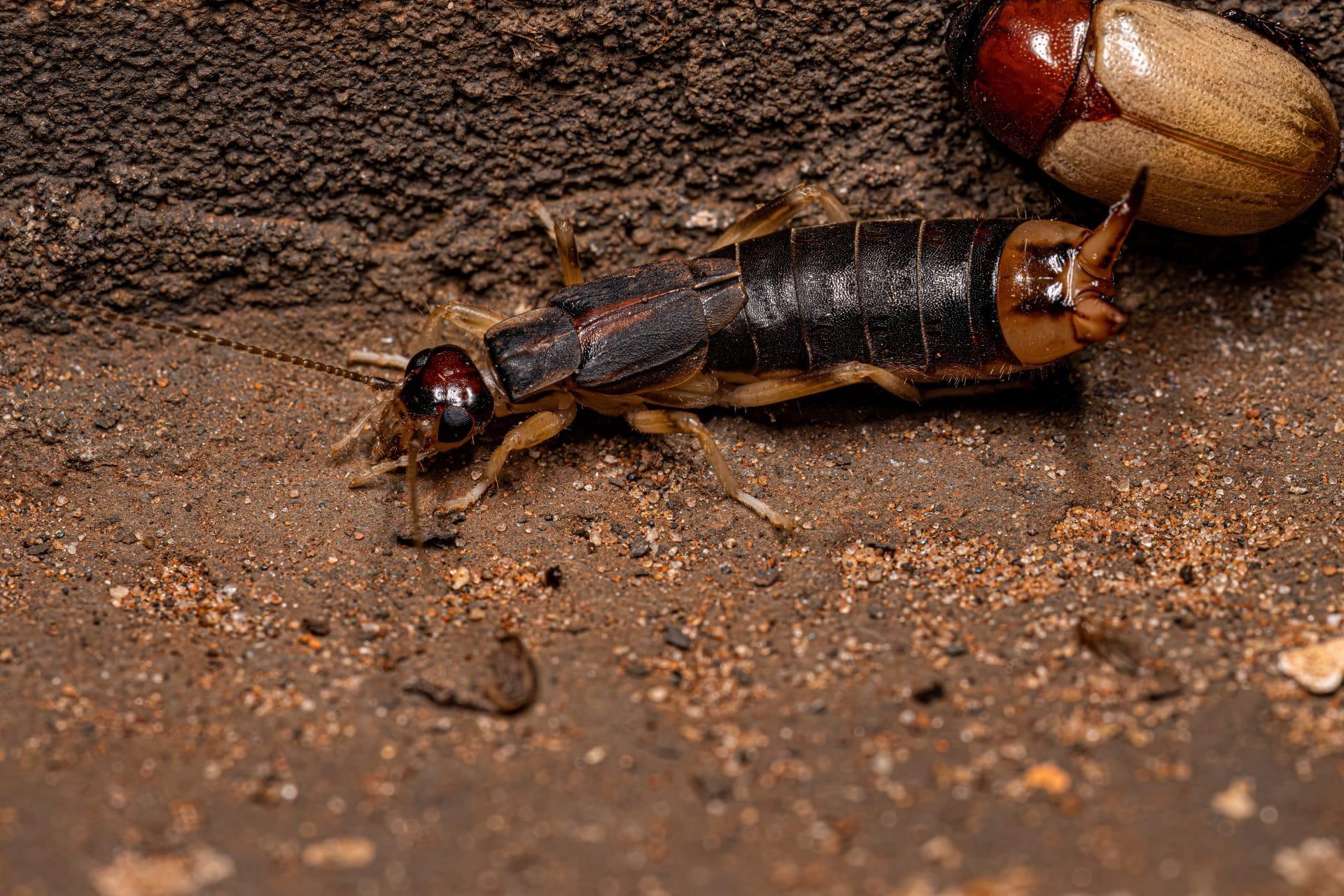Pincher Bug
- Home /
- Mini Encyclopedia /
- Animal /
- Pincher Bug
1
Pincher bugs, scientifically known as Dermaptera, belong to an order of insects characterized by their distinctive forceps-like pincers on their abdomen. This order contains over 2,000 species classified under 12 families. The most common family, Forficulidae, includes the well-known European earwig, Forficula auricularia. These insects range in size from 5 to 50 millimeters, with a slender, elongated body and a shiny, reddish-brown or black coloration.
Pincher bugs are found worldwide, with a predominant presence in temperate regions. Their distribution spans from North America to Europe, Asia, and parts of Africa and Australia. They thrive in a variety of habitats, particularly favoring moist environments. Commonly, they are found under rocks, in leaf litter, and inside rotting wood. Their adaptability allows them to inhabit both rural and urban areas, often venturing into human dwellings in search of food or shelter.

2
Question: Do pincher bugs pose a threat to humans by biting or stinging?
Answer: Contrary to popular belief, pincher bugs are generally harmless to humans. The pincers at the end of their abdomen, although intimidating in appearance, are primarily used for defense and mating rituals. In rare cases, a pincher bug might use its forceps to pinch human skin, but this results in minimal discomfort and no venom is involved. They are not known to transmit diseases, making them more of a nuisance than a threat when they enter homes.

3
Pincher bugs have developed several survival strategies to thrive in their environments. One key strategy is their nocturnal behavior; they are primarily active at night, which helps them avoid predators. During the day, they hide in dark, moist places like under stones or inside dead wood. Their flattened bodies make it easier for them to fit into narrow spaces, offering protection and an ideal microhabitat.
Another survival tactic is their diet versatility. Pincher bugs are omnivores, feeding on a variety of plant and animal matter. This includes decaying vegetation, other insects, and plant pests. Their ability to adapt their diet based on availability makes them resilient in changing environments. Additionally, some species exhibit maternal care, with the female guarding and nurturing the eggs until they hatch, a relatively rare behavior among insects.

4
In the ecosystem, pincher bugs play a dual role as both predators and prey. As predators, they help control populations of smaller insects and larvae, contributing to the balance of the ecosystem. Their diet includes aphids, mites, and insect eggs, making them beneficial in controlling garden pests.
As prey, pincher bugs are a food source for a variety of animals. Birds, amphibians, and larger insects are known to feed on them. This positions them as a crucial link within the food chain, supporting the survival and health of their predators. Their presence also aids in the decomposition process, breaking down plant material and contributing to soil health.

5
Film: "Insect Architects: The World of Earwigs" is a British documentary released in 2018. It explores the fascinating world of earwigs, a family within the pincher bug order. The film showcases their unique behaviors, survival strategies, and the role they play in various ecosystems around the globe, using stunning macro-photography to bring these tiny creatures to life.
Book: "The Secret Life of Earwigs" by Dr. Elizabeth Hartnett, published in the United States in 2020, offers an in-depth look at the biology, behavior, and ecology of earwigs. Hartnett's work is praised for making complex scientific information accessible and engaging, revealing the misunderstood nature of these insects.
Book: "Earwigs: Myths and Reality" authored by Simon Fergus in Australia, 2019, demystifies many of the myths surrounding earwigs. The book delves into their history, anatomy, and the various species that exist globally, providing a comprehensive guide for enthusiasts and researchers alike.